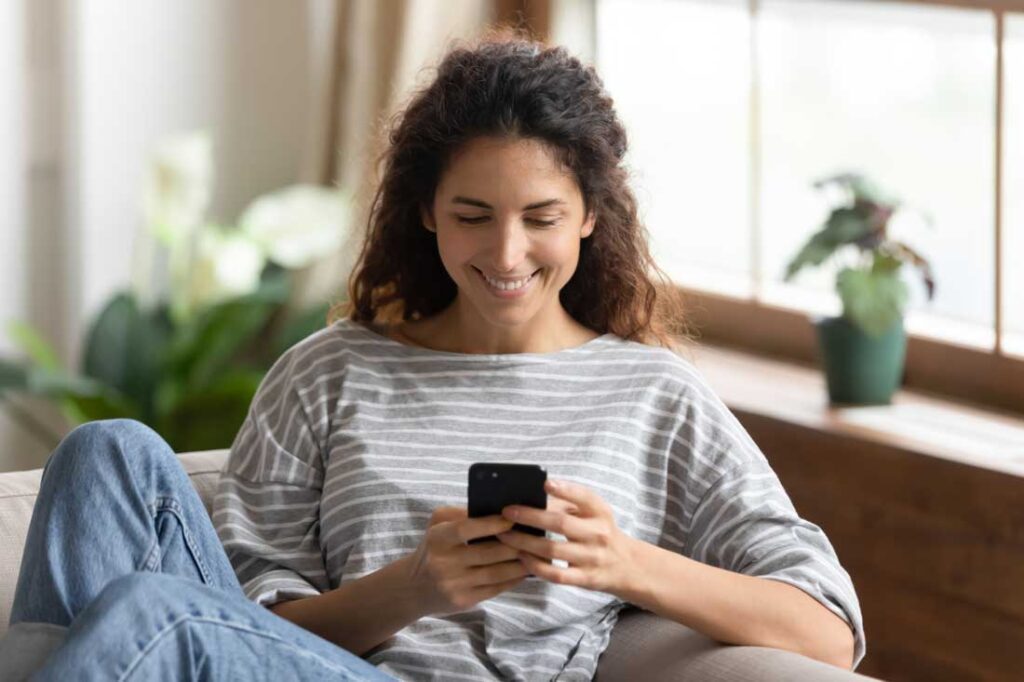From the first time I logged on to Facebook as a high schooler in the basement of my parents’ home, I have loved social media. I know a fair amount of people who have serious complaints about the online world—especially social media. But in general, my experience has been really great. I began my career as a writer after a small Facebook group connected me with opportunities I didn’t know existed. And Instagram gives me the chance to document my family’s life and keep up with friends and family who don’t live nearby.
I wouldn’t go as far as saying my time on social media has been a perfect experience. I often find myself overwhelmed by opinions expressed, especially in the wake of the last election cycle. And at times, I find myself relying on social media, especially Instagram, as a way to distract myself from the boring or difficult parts of my day, or as a way to put off buckling down and making progress on my workload. When I realized I needed to make better use of my time, I decided to take a break from social media. The benefits were far more than I could have anticipated. In fact, quitting Instagram actually saved me money.
Social media can cause bad spending habits.
One of my resolutions this year was to keep better tabs on my spending, so I have a pretty good idea of changes in my statements. Surprisingly, at the end of my first week Instagram-free, I noticed I had spent significantly less compared to previous weeks. I’m not proud to admit this bad spending habit, but I often find myself impulse shopping—sometimes daily. What I didn’t realize until my Instagram hiatus was how much my screen was influencing my purchases.
Scrolling through hundreds of staged and filtered boxes every day made me feel as if my life was missing something. I needed the happiness that I saw in the lives of the people with their smiling kids, sparkling homes and the newest home décor or makeup palette—though before logging on, I didn’t aspire to attain them, or even know many of those things existed.
Of course, my experience isn’t unique. In fact, a 2021 survey commissioned by Stackla found that “79% of people say [user-generated content] highly impacts their purchasing decisions” and “56% of consumers say they’re more influenced by social media images and videos when online shopping now than they were before the pandemic.”
‘Chronic lack’ makes us think we need more things.
“We are defining more and more what we are supposed to have externally,” says Nancy Colier, psychotherapist and author of The Power of Off: The Mindful Way to Stay Sane in a Virtual World. “While we’ve always done some of that, right now, it has reached a kind of epidemic level where what we’re supposed to have is no longer about what we want. It’s no longer internally generated.”
Because what we see on our screens heavily influences us, we begin to tarnish the relationship we have with our own experiences, with the present moment. When we spend so much of our time comparing our lives (and our stuff) to staged photos, we create an experience Colier calls “chronic lack”: focusing our attention on what others have that is missing from our own lives and robbing that moment of our attention. What is missing when we make purchases based on what we think we should have (according to social media) is the chance to slow down and actually consider if we actually want these things or if they will benefit our lives in any way, she says.
Since taking a few weeks off of Instagram, I’m definitely planning to keep my social media use to a minimum. But I’m not ready to say “so long” for good. So I asked Colier for a few ideas on how I can make peace with the medium without falling into the bad spending habit of letting what I see on my screen dictate my purchases.
Use Instagram mindfully to limit bad spending habits
Her suggestion takes a page from mindfulness. Instead of quitting our online lives, she advises that you begin by asking yourself contemplative questions about what you’re seeing on social media and what you’re experiencing in the present moment. You can do this by noting how the image makes you feel and how the filtered lives of others influence your perception of your own life.
Next, acknowledge that what you are seeing are the best moments of this person’s life. They aren’t living that way all of the time. Finally, turn your attention to the present moment by noticing the sensations you’re experiencing, the emotions you’re feeling and what you’re actually longing for.
“What’s happening when we start to get involved in that cycle of ‘I’m not enough, I need to have what it looks like they have,’ is we’re draining this moment of any attention,” Colier says.
When we develop a mindful approach to our social media use, we are able to take control of the trigger that causes us to compare ourselves to other Instagram users and turn it into a cue to focus in on our present moment. If there is discomfort or boredom, we can solve those issues based on the knowledge of what we are actually longing for instead of what is floating in front of us on our screens.
I plan to be more mindful of just how often I am comparing myself and my stuff to what I see on Instagram. When things start to feel out of balance, I just might quit all over again.
This article was published in July 2017 and has been updated. Photo by fizkes/Shutterstock



